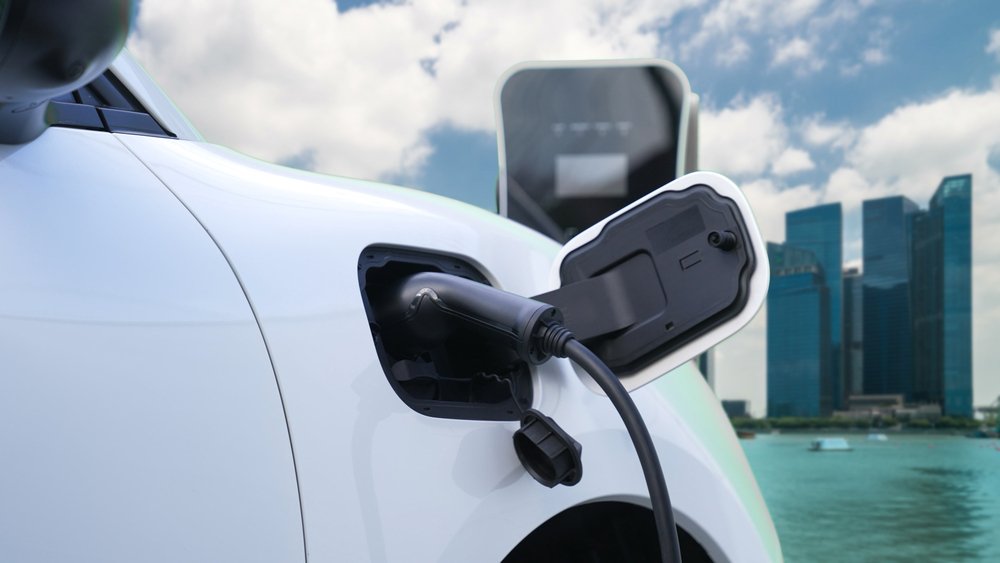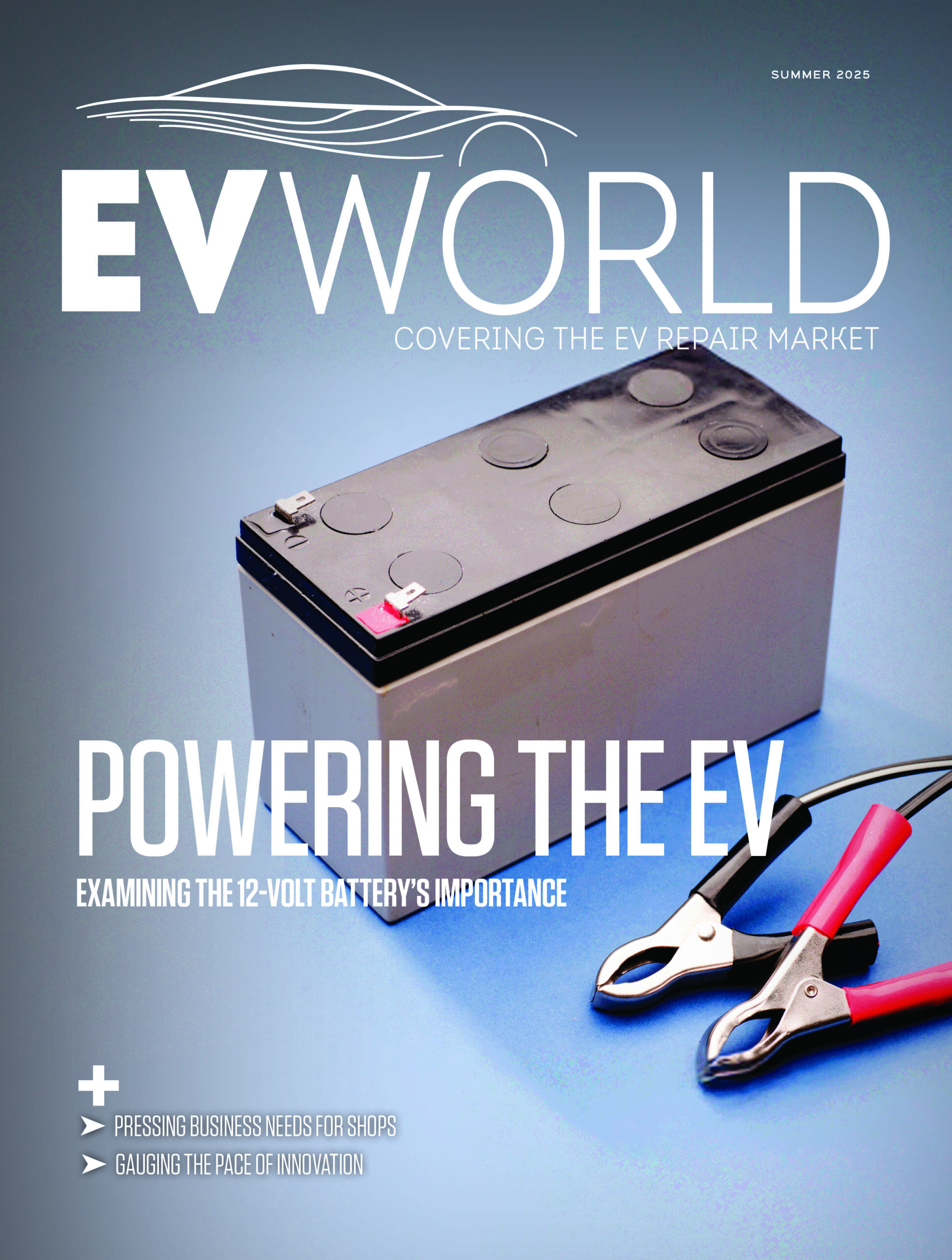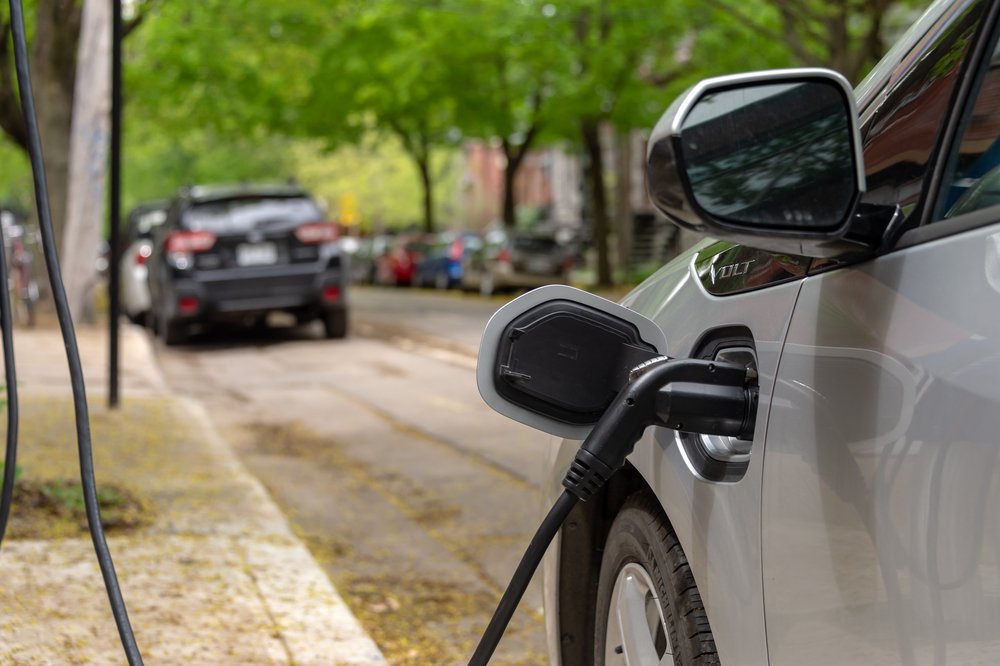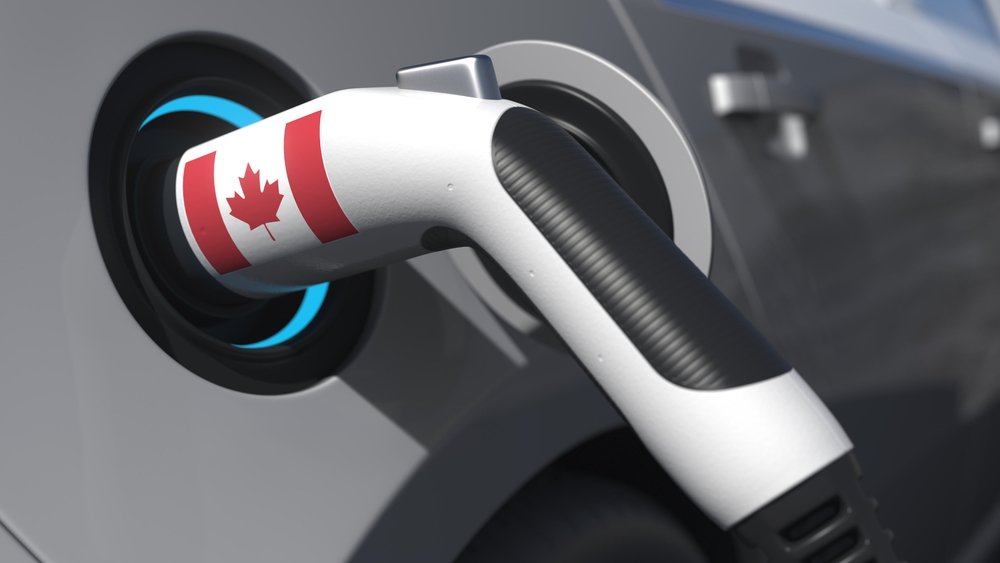
The biggest delay in the adoption of battery electric vehicles is due to elections south of the border, according to a recent report.
Roland Berger’s Q1 2025 forecast pinned delays on the Trump administration’s historically less stringent stance on emissions regulations is expected to impact the automotive industry significantly.
Executive orders have been signed that remove previous EV sales mandates for original equipment manufacturers and challenge current emissions standards. This shift will have cascading effects on the entire automotive value chain, the report said, prolonging profitability challenges for electrification-focused players and extending the window of opportunity for ICE-focused legacy players.
Regulatory landscape
The forecast highlights the sensitivity of the automotive market to changes in the US Environmental Protection Agency (EPA) and California Air Resources Board (CARB) emission standards for light-duty vehicles. An executive order signed in January 2025 aimed to challenge the authority of these agencies in setting emissions standards, promoting “true consumer choice.”
The EPA’s emission regulations require at least 18 months’ notice for a change in the standard. The new EPA standards for the model year 2027–2032, enacted last year under the Biden administration, could be at risk under the new administration.
CARB’s Advanced Clean Cars II rule mandates that by 2035, all new cars and light trucks sold must be zero-emission vehicles (ZEVs), including BEVs and plug-in hybrid electric vehicles (PHEVs). However, OEMs can meet no more than 20 per cent of their overall ZEV requirement with PHEVs.
Hybrids to drive gradual BEV transition
Automotive OEMs have various options to meet emissions regulations, including BEVs, PHEVs and full hybrid electric vehicles (HEVs).
HEVs emit about 40 per cent less CO2 per mile, while PHEVs emit about 80 per cent less CO2 per mile and BEVs emit 100 per cent less CO2 per mile. Several OEMs have announced the launch of hybrid models as alternatives to BEV models, reflecting a more gradual transition to BEVs.
Impact on EV policies
Under his previous administration, Trump sought to roll back vehicle emissions standards and restructure the EPA. In January 2025, he signed an executive order labeled “Unleashing American Energy,” which eliminates EV sales mandates, suspends unused spending from the Infrastructure Investment and Jobs Act for EV charging stations, removes EV-related subsidies and challenges emissions standards.
Scenarios for BEV adoption
Roland Berger’s forecast outlines three scenarios for North American light vehicle electrification: Upside, base and downside cases.
The upside scenario assumes current EPA and CARB standards are enforced, with OEMs relying primarily on hybrids in non-CARB states.
The base case predicts a repeal of EPA emissions standards, reducing the need for BEVs to meet emissions targets.
The downside case models a challenge to CARB’s ability to set emissions standards, delaying California’s 100 per cent ZEV sales target from 2035 to 2040.
Key takeaways
The forecast suggested that looser emissions standards and lower BEV adoption will ease pressure on public charging infrastructure, allowing demand for EV charging to develop more gradually. Traditional manufacturers must manage a triple powertrain strategy, integrating ICEs, HEVs and BEVs. EV-focused OEMs must compete with broader players for a smaller market share.
Suppliers will need to re-evaluate their participation in electrification, potentially creating opportunities for those who can reduce costs through standardization and automation. Monitoring changes to emissions regulations and electrification announcements from major OEMs will be critical in this unpredictable political environment.
Image credit: Depositphotos.com













Leave a Reply